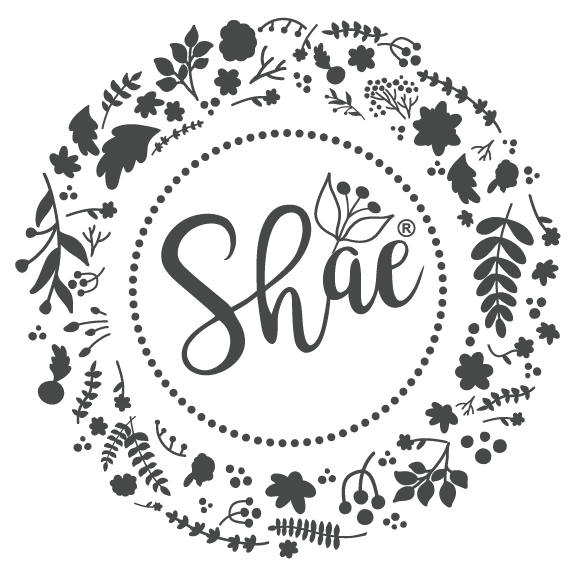Cosmetic clays have long been known to provide a variety of beneficial properties for all kinds of skin types. However, there are so many different kinds of cosmetic clays available today, it can be overwhelming trying to choose the one that is right for you.
Here's an overview of some of the most popular clays for cosmetic use:
1. Fuller’s earth
Fuller’s earth clay has very strong oil absorbing abilities, and because of this, it is recommended for those with very oily skin. This clay is also helpful in stain removal and has mild natural bleaching properties.
The dry clay has a lightly earthy scent and an off-white to greenish and tan colour. The texture is fine and powdery. It is also very lightweight, so watch out, it can get everywhere! Fuller’s earth clay is very smooth and easy to mix with liquids. The colour is dark grey to dark tan, and it retains a fairly thick consistency when wet.
2. Rhassoul clay
Rhassoul clay is a fine, red-coloured clay from Morocco that has been used for centuries in the realm of natural skin care. While it will still absorb oils from the skin, it is much gentler than many other clays and is typically recommended for more sensitive or mature skin types.
When dry, this clay has a light reddish-brown colour and a fine texture; its slight grain feels similar to French green clay. However, unlike French clay, its lightness gives it a tendency to slightly puff out of an opened bag. This clay mixes easily into water to create a darker, red-brown coloured paste without lumps. It still retains a slight graininess, though this goes away as the clay absorbs water. It's easy to smooth onto skin and has a thin consistency when spread out.
3. Bentonite clay
Bentonite clay is composed of volcanic ash sediments that have been weathered over a long period of time. Sodium bentonite clay is known for its swelling properties, as it acts like a sponge when mixed with water. This clay is very popular for facial masks, foot baths, or bath soaking blends.
The dry clay has a neutral scent and a pale, off-white colour. The texture is slightly grainy, but it smooths out when pressed between the fingers. While it does leave something of a powdery coating behind when brushed off, the dry clay doesn’t stick to skin too much. When wet, the clay paste is off-white in colour with a smooth consistency. If liquid is added in too slowly, clumps will form, and the use of a whisk is helpful for keeping a smooth consistency. This wet clay spreads smoothly on skin, and its thick texture is reminiscent of cooked oatmeal.
4. French green
French green clay is so named because some of the first recorded deposits of this clay were found in France, although it is now known to be found in many different spots around the globe. This fine-textured clay takes its verdant colour from decomposed plant matter. Many people find French green clay helpful for occasional blemishes, and it is generally used by those with average to oily skin.
French green clay has a neutral earthy aroma and pale green colour. This clay doesn’t “puff” (create a cloud of fine mist) out of the bag and has a fine texture, with a slight graininess. When water is added, the paste of this clay tends to have a slight lumpiness. Be sure to mix slowly and thoroughly with a whisk when adding liquid for smoother clay preparations. This clay has a somewhat darker green hue when moistened than in its dry form. The texture has a tendency to be a bit grainy when applied to the skin and is similar to the Rhassoul clay in consistency.


